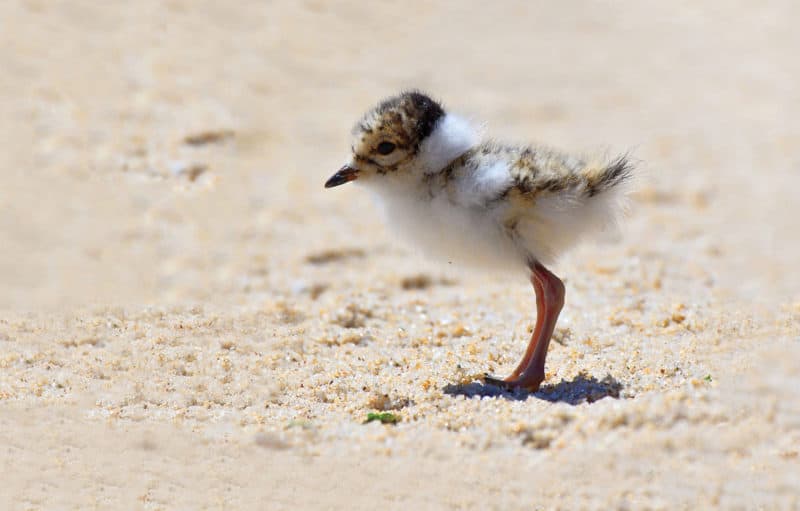MEDIA RELEASE 18 November 2016 |
As the weather warms hundreds of divers and snorkelers will flock to the water this summer as part of the biggest citizen science event on Victoria’s marine calendar, the Great Victorian Fish Count, which kicks off this weekend.
“The majority of fish seen in our southern seas are not found anywhere else in the world, so anyone who takes part in this year’s count just needs to stick their head in the sea to see something amazing,” said Kade Mills, coordinator of the Victorian National Parks Association’s ReefWatch program.
“Divers and snorkelers will flock to dive sites all along the coastline, counting reef fish from Portland to Port Phillip Bay, the beloved Prom and beyond to inform scientists about what Victoria’s unique marine fish are up to this year.
“Nemo and Dory can be found in numerous countries in the tropics, but only in southern Australia will you come across the wickedly named Blue Devil Fish or the suave Horseshoe Leatherjacket.”
Now in its twelfth year, the Great Victorian Fish Count is organised by the Victorian National Parks Association in partnership with local dive operators and community groups. It is supported by Parks Victoria, Museum Victoria, Redmap Australia and Coastcare Victoria.
The fish count will run from Saturday 19 November to Sunday 11 December. To help with media Kade will be at Ricketts Point on Saturday November 19 at 9.30am, Frankston Pier at 2pm. Contact him on 0407 363 719.
This year’s theme, ‘Only Seen in our Southern Seas’, focuses on the little known fact that Victoria – along with neighbouring states Tasmania, South Australia and southern Western Australia – is home to hundreds of unique marine life found nowhere else on the planet.
“Victoria’s marine faunal emblem the Weedy Seadragon is a relative of the seahorse and one of only three species of seadragons found in the world, and they all occur in southern Australia,” Mr Mills said.
“It has an odd-shaped body that’s nothing like a fish. It uses tiny fins to swim and the male’s tail turns bright yellow when he is ready to mate, and if he gets lucky that tail will carry the eggs! You certainly don’t find a fish like that anywhere else in the world.”
Victoria’s marine national parks and sanctuaries will get plenty of attention during the fish count, with Parks Victoria staff coordinating reef surveys.
Parks Victoria’s marine and coasts program leader Mark Rodrigue says the Great Victorian Fish Count is a wonderful example of the Healthy Parks – Healthy People activities promoted for all parks including Victoria’s spectacular marine protected areas.
“People can help improve our understanding of the health of these parks while having fun and getting a great physical workout in the environment. The activity is a great way to encourage people to get into the water and contribute data about marine life that many people think more about in terms of food rather than their ecological roles,” he said.
Museum Victoria’s senior collections manager and RedMap scientist Dianne Bray said a highlight of last years’ fish count was sighting a juvenile Spinycoat Anglerfish, Echinophryne mitchellii at Blairgowrie Pier.
“Spinycoat Anglerfish are only found in southern Australia, and are so well-camouflaged they are rarely seen. We’re hoping divers will spot and photograph some of the species we’re tracking on Redmap Australia,” she said.
